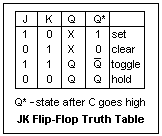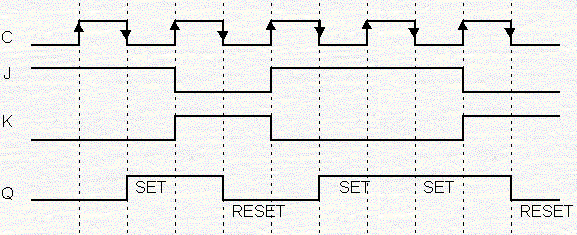Difference between branch and call subroutine instruction?
Branch instruction:
Branch instruction:
- Every time it is not possible to use line-sequence of instruction, sometime we need breakup in our program according to some condition this is nothing but branching and to perform these branching we require some instruction that is called branch instruction
Eg: MOV R0, num1
MOV R2, num2
CMP R0, R1
JB . next
Sub R0, R1
MOV R2, R1
Next: Sub R1, R0
MOV R2, R0
MOV R2, num2
CMP R0, R1
JB . next
Sub R0, R1
MOV R2, R1
Next: Sub R1, R0
MOV R2, R0
- Here the task of IB. is it compairs the two Numbers i.e. R0, and R1, if R0, < R1, then it goes to next and execute the instruction otherwise it execute the instructions just next to it.
- The IB is your branch instruction.
e.g. : IC, INC, IZ, INZ, IB, INB etc.
Subroutine instruction:
- Subrouting instruction is the instruction which is used to call the particular procedure.
- In your main program we call particular procedure execute that procedure and then again switch to main program.
- The instruction used for. This called to procedure and getting switch to main program is called subroutine instruction.




.png)




